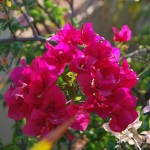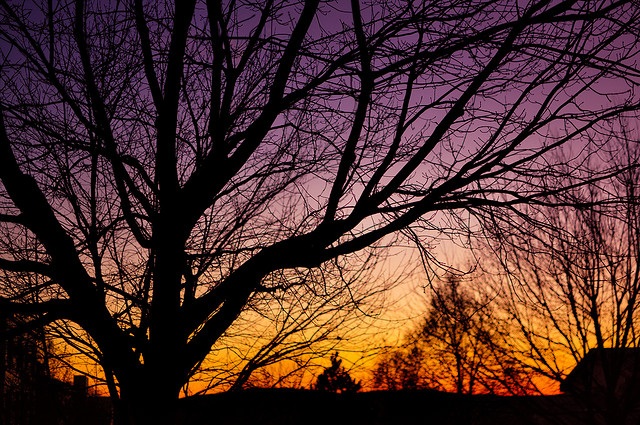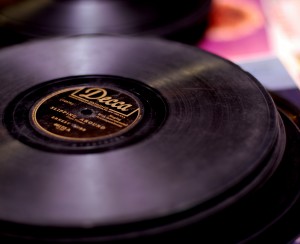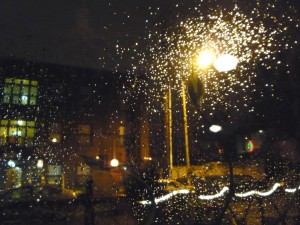
Sometimes the spirit of an instrument, melody, or voice completely catches hold of you. The flamenco term “duende” describes it best: when the music’s sound is so authentic that it reaches out and possesses the listener.
This happened to me yesterday, when I cooked dinner and listened to Les Sessions Cubaines (The Cuban Sessions) by Montreal singer-songwriter Philémon Bergeron-Langlois. I stopped frequently while peeling potatoes and almost forgot to add salt.
The album, released in May 2010, is this week’s feature on Bandcamp by reviewer Andrew Dubber. He deftly identifies the power behind Bergeron-Langlois’ music:
…Whether you understand French is irrelevant, as the emotional heft of this album transcends barriers of language. Yet this is not at all a sentimental record. This is simply emotion, raw and unrefined.
As the album’s name suggests it was recorded in Cuba, at no less than EGREM Studios of Buena Vista Social Club fame. Watching this video of Bergeron-Langlois’ recording “Vaincre l’automne” (“Overcoming the Autumn”) in Havana brings the “duende” of the music home.
“Vaincre l’automne”
Philemon Chante “Vaincre l’automne” (Studio Egrem) from Audiogram on Vimeo.








 San Francisco-based online radio station SomaFM serves up a familiar and eclectic offering of music to listeners around the globe.
San Francisco-based online radio station SomaFM serves up a familiar and eclectic offering of music to listeners around the globe.

